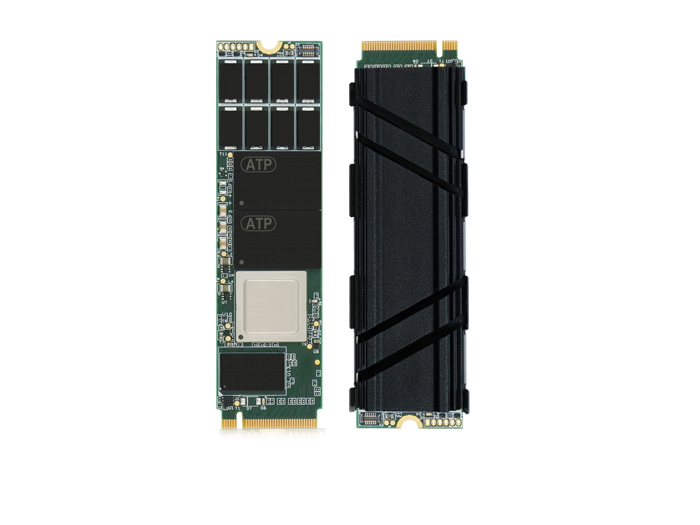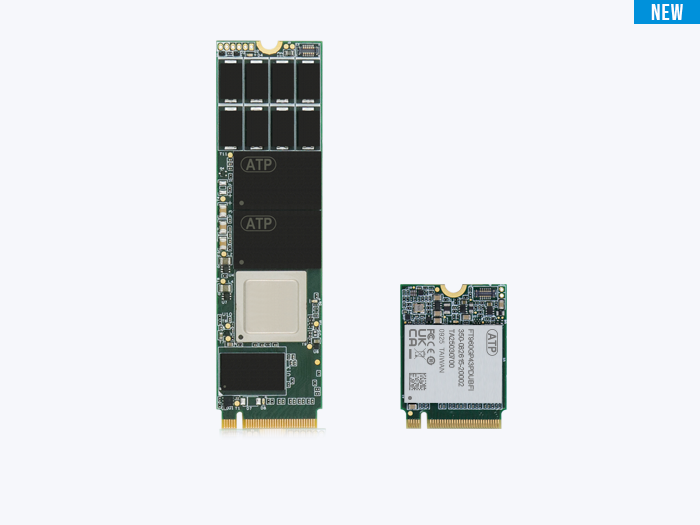Imagine a world overtaken by sentient humanoid robots who surpass the intelligence of their human creators and revolt against humanity.
This is just a popular dystopian theme in movies that instill a fear of a technological apocalypse.
In reality, the actual challenge facing humanoid robots is not how to overthrow humanity but how to find the right storage and memory systems to make them truly functional and capable of serving mankind in practical, everyday scenarios.
Like any complex machine, humanoid robots store, process, analyze, and learn from massive amounts of data, thus rely heavily on advanced storage and memory solutions to perform according to their design and function.
Humanoid Robot Market Expansion
Humanoid robots are designed to act and appear human in form. Rapid advancements in artificial intelligence (AI), machine learning, and robotics are enabling them to perform more sophisticated tasks.
These robots are helpful in automating highly repetitive tasks and are increasingly being utilized in industries such as healthcare, customer service, manufacturing, distribution, third party logistics (3PLs), and retail.
Robotics Tomorrow reports that the global market for humanoid robots will reach a value of USD 79.6 billion by 2035 and will continue to grow at a compounded annual growth rate (CAGR) of 45.6% throughout the forecast period.
According to Verified Market Research and MarketsandMarkets™, the following key factors are driving this growth:
- Rapid advances in AI, machine learning (ML), natural language processing (NLP), and computer vision enable robots to analyze data faster and with enhanced precision.
- Escalating demand for personalized caregiving and medical care, especially for the elderly population.
- Labor force shortages in sectors such as healthcare, manufacturing, warehousing, and logistics, are leading to increased reliance on robots to maintain productivity. In the US alone, the manufacturing sector is facing 600,000 vacancies as fewer young people enter the industry and baby boomers reach retirement age. (Source: Modern Materials Handling)
Increased use in the education sector for robots’ potential to impart knowledge through interactive learning and hands-on experience.
Why Robots Need the Right Storage Solutions

Adept handling of large volumes of data is crucial for humanoid robots to learn algorithms, adapt to environmental and sensory input, and perform complex operations. All of these use AI, constantly generate data, and rely heavily on effective data storage solutions.
Humanoid robots may also need to interact with humans; thus, they need to remember and respond to speech patterns, facial expressions, and other communication cues. To retain and process such information effectively, they will need the right memory and storage.
Storage Challenges in Humanoid Robots
While incredible progress is being made in humanoid robotics, several considerations must be considered to surmount prominent challenges, such as:
- Thermal Resilience. Enclosures are packed with internal components that generate heat during operation, especially if airflow is insufficient and if the humanoid robot is deployed in extreme temperature conditions. Effective heat dissipation, thermal management solutions, and I-Temp support (-40℃ to 85℃) are needed to ensure consistent functionality and operation.
- Capacity and Endurance. Humanoid robots constantly write data; hence, sufficient capacities and endurance ratings are needed to avoid overwriting the same locations and creating write issues that can degrade the storage media, compromise the data, and shorten the device lifespan.
- Hardware Power Loss Protection. In case of sudden power outage, such as when a humanoid robot experiences collisions or falls, a robust HW-PLP prevents data loss or corruption.
- Space Restrictions. Storage with compact form factors such as the M.2 offer excellent space efficiency and enable the robots to remain lightweight and agile
- Shock and Vibration Resistance. Humanoid robots walk, run, and even jump to perform their tasks, subjecting the storage media to constant shock and vibration. This makes soldered-down storage a great choice, as it is physically attached to the motherboard, preventing it from coming loose or disconnecting.
ATP Electronics’ Storage Solutions: Built for Humanoid Robots
Memory and storage solutions from ATP Electronics are ideal for humanoid robots for these key reasons:
- Durability and Reliability. Humanoid robots may be exposed to physical stress, shocks, and harsh environmental difficulties during operation. Engineered with industrial grade reliability, ATP products are built to withstand extreme temperatures, vibrations, shocks, and other challenges.
- High Performance and High Endurance. Fast data processing, real-time responses, and long life are important for humanoid robots. Whether for AI algorithms, sensor data processing, or system booting, ATP’s storage solutions offer high-speed read and write capabilities with the latest interfaces. With ATP’s in-house firmware capabilities, these solutions offer extended endurance for the best total cost of ownership (TCO) value, reducing replacement and maintenance costs.
- Data Integrity. Robust error correction, wear-leveling technologies, cross-temperature resiliency, and other technologies ensure secure storage of critical data that must remain intact and uncorrupted even numerous program/erase cycles.
- Compact and Lightweight Options. Humanoid robot makers can choose from a wide range of available and custom-configurable options, many of which are designed to be compact and lightweight. By reducing storage footprint, robots can maintain flexibility and agility while still having the necessary capacity to store and process large amounts of data.
Conclusion
While humanoid robots are often portrayed in negative light in many movies, the truth is far from reality. They are being increasingly used today to enhance human life and provide much-needed assistance in industries like healthcare, customer service, manufacturing, 3PLs, and retail.
Humanoid robots need the right memory and storage solutions as they constantly handle large volumes of data to perform increasingly complex operations.
ATP Electronics offers a wide range of memory and storage solutions that meet the stringent requirements of humanoid robots to ensure that they function effectively in everyday scenarios.
For more information on these solutions, visit the ATP website or contact an ATP Representative in your area.
